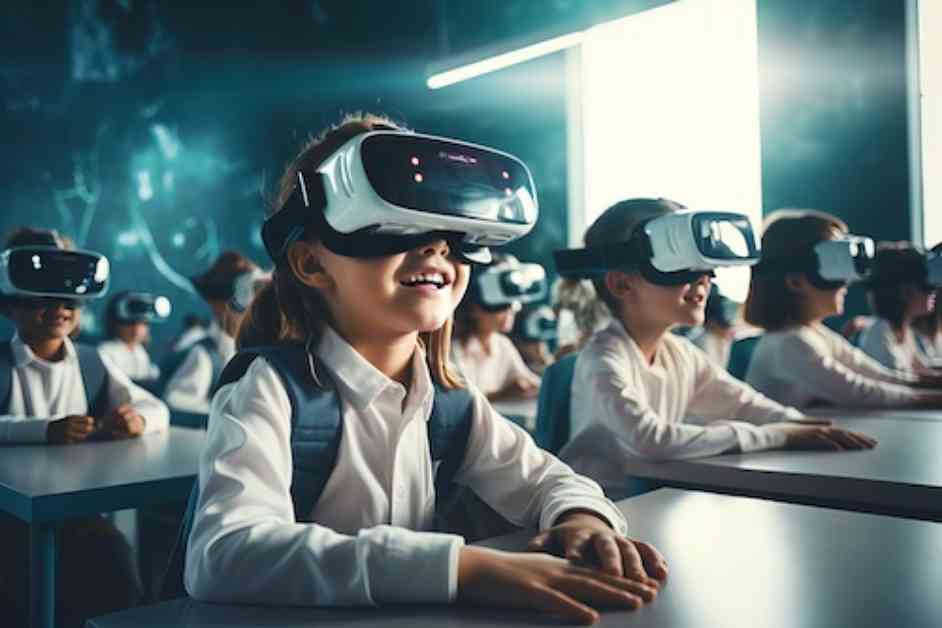Incorporating technology in education has become essential in modern classrooms. It offers various benefits such as enhancing student engagement, personalization of learning, and fostering collaboration among students. By effectively integrating digital tools, educators can create dynamic environments that promote deeper understanding and critical thinking skills.
One of the key advantages of using technology in the classroom is increased engagement. Multimedia presentations, educational games, and virtual simulations make learning interactive and enjoyable, leading to improved retention of information. Additionally, technology allows for personalized learning experiences through adaptive learning software, enabling students to progress at their own pace and supporting diverse learning styles.
Moreover, technology encourages collaboration among students by providing platforms for real-time project collaboration. Tools like Google Classroom facilitate teamwork and communication skills essential for the modern workforce. Furthermore, technology provides access to a wealth of information beyond traditional textbooks, empowering students to conduct research and explore subjects in depth.
In terms of benefits for learners, technology helps students grasp complex concepts more effectively through personalized learning experiences. Interactive tools like educational games, virtual reality, and multimedia resources enhance engagement and improve retention of information. Collaboration is also promoted through technology, allowing students to work together seamlessly regardless of location.
When it comes to advantages of technology in education, there are five key benefits. Enhanced engagement, personalized learning, access to information, collaboration opportunities, and preparation for the future are all essential aspects of integrating technology in the classroom. These advantages enhance teaching and learning experiences, preparing students for success in a technology-driven world.
For teachers, technology provides substantial value by streamlining lesson planning and resource management. It also enables differentiated instruction, enhances communication with students and parents, and allows for real-time tracking of student progress. By modeling digital literacy, teachers prepare students with essential skills for the future workforce.
In conclusion, technology plays a vital role in modern education by enhancing engagement, personalizing learning, and fostering collaboration among students. By providing access to diverse resources and preparing students for future careers, technology creates a dynamic learning environment that meets the needs of today’s learners. Overall, integrating technology in the classroom empowers both teachers and students to create more effective and dynamic learning experiences.







